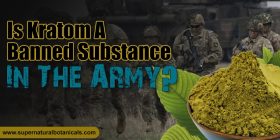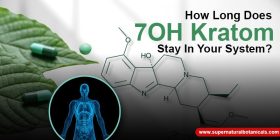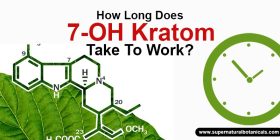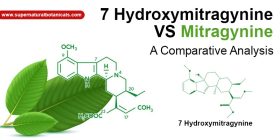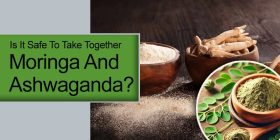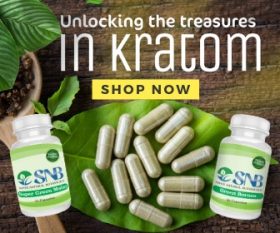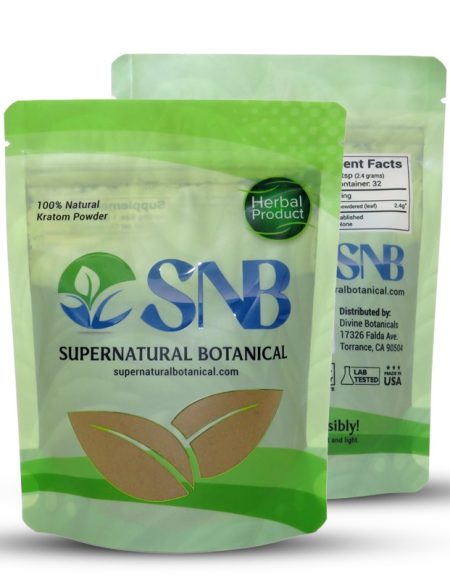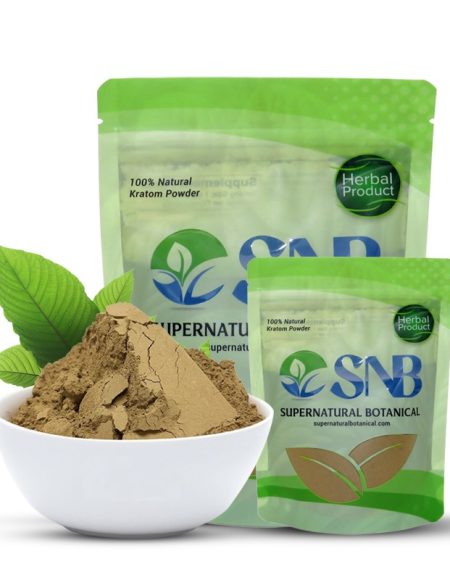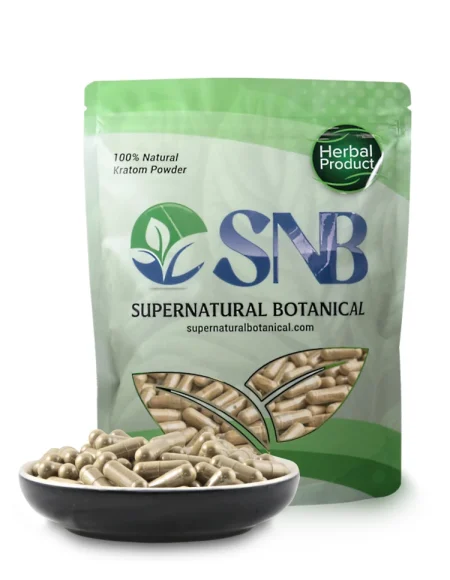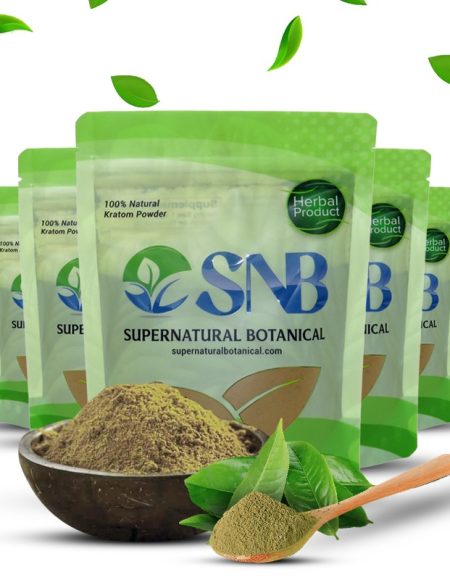Do you struggle with frequent attention lapses or face trouble keeping up with the long working hours? What to take Kratom vs Kava. Have you ever experienced unreasonable fatigue even after taking adequate rest and noticed that your regular cup of tea fails to spark the magic? In such circumstances, you most probably have been suggested to switch to Kratom Tea or a Kava instead by a family member or a close friend.
Both these substances are widely acclaimed for being a powerhouse with a stellar reputation for lending nutritional support.
Table of Contents
Truth be told: Long before synthetic pharmaceuticals with complicated names or high-end clinics existed, natural botanical agents and remedies were revered for healing and quelling illnesses.
Over time, the advancements in science and technology made it possible to closely explore and study the impact of these herbs, the constituting compounds, the best way to consume them, and the ideal dose. You will be surprised to learn that the formula of most medications manufactured and sold today are inspired by or contain at least some percentage of these herbs.
Two such herbs creating a lot of buzz in the health and wellness arena are Kratom and Kava. They are increasingly sold alongside each other at bars, stores, and online. So, it is natural for people to confuse the two and lump them together. Even though the two boasts strikingly similar characteristics and impact, the truth is they are poles apart in terms of their origins, chemical structure, and mechanism
Let’s dive deep into the world of Kratom and Kava and discover their benefits, effects, and dangers. The article will also shed light on their key similarities and differences, it’s basically Kratom Vs Kava.
What Is Kratom?
What if we’re to tell you that Kratom belongs to the same family of plants as coffee?
Surprise! Surprise!
Kratom, scientifically known as Mitragayna Speciosa, is a tropical evergreen plant that belongs to the caffeine species of plants. Other common names for the plant include Biak, Ketum, Korth, Thom, and Kakuam. It hails from the lush rainforests of Southeast Asia (including Indonesia, Malaysia, Thailand, Philippines, New Guinea, etc.), where the natives consumed it for the longest time possible. They were habitual of ingesting the herb in its raw form to tap on its immense therapeutic potential. Often, it was prepared into Kratom tea to mark special occasions, religious rituals, and social celebrations.
Today, the Kratom industry has come a long way– growing by leaps and bounds. As its demand soars, the plant is being increasingly exported to other parts of the world, particularly the U.S. It is being crushed and processed into a plethora of jaw-dropping supplements; capsules, liquids, extracts, tinctures, and gummies.
However, it has been under fire by agencies such as the FDA and DEA despite mass support. Part of the problem is its nascent research and possible health risks arising out of overdosing.
Regardless, one can buy online premium quality Kratom products from the best vendors at the tip of their fingers.
What Is Kava?
From the exotic and deep plains of the Pacific Islands comes a truly divine herb, Kava. The word Kava is derived from the Tongan and Marquesan dialects and translates as “bitter.” The plant is also called awa, yaqona, sakau, and malok in other languages.
The roots of the kava plant are used to make a variety of tempting hot and cold beverages- with tea being the most in-demand. Botanically called Piper methysticum, the crop belongs to the pepper family. Like Kratom, the plant has been popularly used as part of social-religious ceremonies throughout the Pacific Ocean cultures of Polynesia; Hawaii, Vanuatu, Melanesia, Fiji, Indonesia, and some parts of Micronesia. To date, it is much cherished for its strong sedating, euphoric, and relaxing properties and exported far and wide as a herbal remedy. Besides, it is a hot selling product in bars, restaurants, and clubs across the country with inspiring variations including tea and coconut milk.
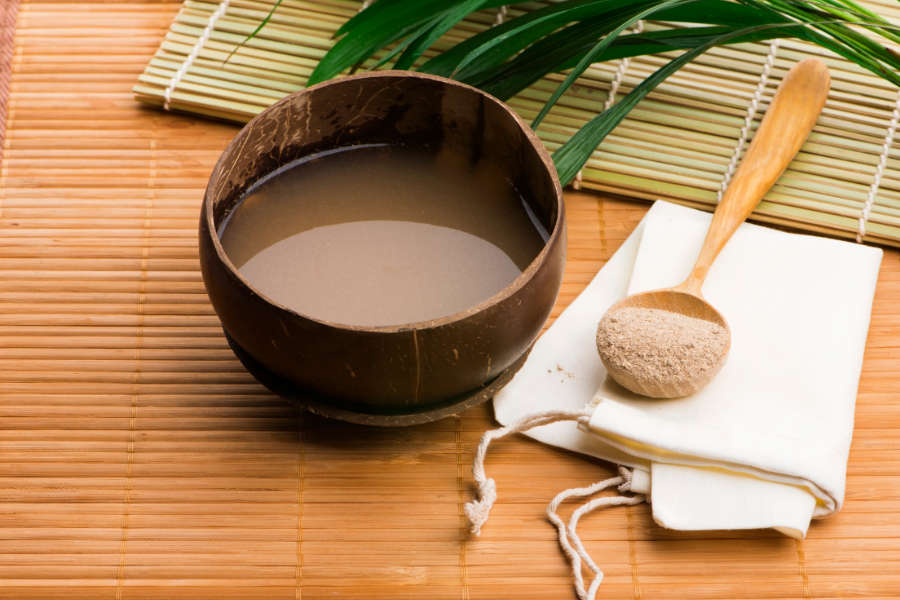

Kratom Vs Kava: The Similarities
Kratom vs Kava. What is the first similarity crossing your mind upon hearing the words? Of course, their same initials “K.” However, they have a lot more in common.
Let’s explore what and how:
1) Effects
First and foremost, the impact of the two resembles quite a lot.
The effects of Kratom are dose-dependent. This means users will experience different effects at different levels of consumption. At low doses, Kratom acts as an excellent stimulative substitute to coffee with energy kicking in. It will enhance your mood and elevate your concentration levels and sociability to unimaginable limits. In contrast, at higher doses, it is known to induce relaxation helping you embrace life with peace and tranquillity.
Likewise, Kava is widely touted as a trendy, relaxing agent. Whether you wish to envelope yourself amidst positivity in the morning or want to give a peaceful end to a hectic day, Kava is your saviour. While it is not as energizing as Kratom, it will definitely help you get into the harmonious flow of life with its mood-enhancing characteristics. And, boasting strong sedative powers, it will lure you into a deep, peaceful slumber.
a) Short-Term Effects
Despite being a popular plant-based derivative, Kratom and Kava have their fair share of health hazards- mental as well as physical. This explains why Kratom use has often been controversial by the DEA (Drug Enforcement Agency) and FDA (Food and Drug Administration)- either of which does not regulate the use. Also, the risk of overdose and other undesired effects increases significantly in both the herbs when mixed with other potent substances.
b) Long-Term Effects
Persistent use of Kratom and Kava can entail significant risks. There is enough scientific evidence and research suggesting that long-term Kratom use is associated with addictive behavior, withdrawal symptoms, and high tolerance. Likewise, frequent Kava use beyond 24 weeks (i.e., six months) is also alleged to be unsafe and harmful- although it is unclear how the damage is caused.
2) Consumption
Next, their traditional consumption method shares an uncanny resemblance.
One can chew the raw Kratom leaves or go for the dried and processed version, i.e., powder. In fact, people in the west have invented all sorts of creative ways to incorporate the powder into their daily health routine. For example, they love combining it into a host of beverages, desserts, foods, and other recipes to completely mask the bitter taste. Besides, brewing a piping hot cup of Kratom Tea is yet another sought-after alternative. One can add the required dose of powder into hot water and let it simmer for 20 minutes. Strain and sup.
Likewise, Kava Tea is also loved by enthusiasts, and the preparation is quite similar. No wonder why both the teas often pop on the menu and are sold alongside each other in bars.
In addition, both are processed into predetermined pills and capsules to eliminate the taste or the need for measurement.
3) Enactment and Duration of Impact
The two also share a striking similarity in their duration- the time it will take to work, for the effects to surface and finally fade out. Upon consumption, the effects of Kratom and Kava are typically felt within 15 to 45 minutes and last for 3 to 6 hours- depending on the dose and supplement form.
Kratom Vs Kava: The Differences
The differences between the two plants can be best summarized as the “East vs West Culture.”
1) Origins
A lot of beginners tend to confuse the origins of Kratom and Kava. However, as discussed earlier, there lies a world of difference in their family, species, genre, and origins. Besides, Kratom is used as a stimulant whereas Kava is best known for its calm and relaxed feeling.
2) Legality Status
Knowing the legality status of a substance can save you from a great deal of trouble!
Kratom is a controversial drug that remains illegal in various counties and states of the USA. Given the impending concerns, Drug Enforcement Agency has banned the sale of Kratom in at least six states. Besides, finding high-quality and pure Kratom from authorized smoke shops and drug stores is yet another ordeal. On the other hand, Kava enjoys a full legal status. As such, buyers can conveniently find it in every other grocery store or pharmacy.
3) Dependence
Another con of Kratom is its dependence behaviour and abuse. It is natural for people to fall in for mesmerizing, stimulating, or soothing sensations. Prolonged Kratom use has been linked to building dependence and tolerance according to a 2019 Study — compelling users to take more of the drug every time to achieve the desired impact. Unfortunately, this abuse can lead to negative withdrawal effects when Kratom use is discontinued — igniting the ongoing cycle of abuse and withdrawal.
On the other hand, Kava is comparatively considered safe in this aspect and does not inflict any abuse. However, the data is limited, and so the user must exercise caution.
4) Chemical Composition
The primary difference between the two substances arises from their pharmacology, or we can say chemical composition.
The chemical structure of Kava is characterized by kavalactones, a chemical featuring a series of 18 identified lactone molecules. These are reactive molecules scientifically proven to possess psychotropic properties meaning they can dictate our mood, brain chemistry, and cognitive behaviour. While some psychotropic chemicals are extremely potent and trigger intense reactions, the impact of lactones is generally believed to be mild.
In contrast, Kratom constitutes over 25 distinct alkaloids, the most active and abundant being Mitragynine and 7-hydroxymitragynine. Unlike lactones, these are nitrogen-rich and so more potent and effective when exposed to biological processes. This explains why Kratom is more powerful than Kava and is traditionally used for various ailments- unlike the latter which is primarily consumed for relaxation purposes.
5) Working Mechanism
This is yet another aspect where the two herbs diverge: how they work inside our bodies.
As pointed by a 2015 Chinese Study, Kavalactones, the active ingredient in Kava, ignites a series of biochemical processes that leads to two distinct neuroprotective impacts.
1) Activation of P38: a protein kinase that transmits energy from one organ to another in the body. This helps in mitigating uneasiness as well as manages inflammatory responses.
2) Production of Antioxidants: Antioxidants are agents that protect our cells from naturally occurring oxidative uneasiness and cell death.
In contrast, a research topic “ The Pharmacology of Kratom and Its Alkaloids” reveals that the indole alkaloids, Mitragynine impacts the CNS (Central Nervous System) and mu-opioid and norepinephrine receptors in the brain. These are responsible for causing stimulation, sedation, and high feeling.
However, the exact length of duration or mechanism of Kratom is unknown as the research is limited, underfunded, and poor in quality, having been conducted on animal models.
6) Preparation
The ultimate power of Kratom lies in its leaves. Therefore, the manufacturing of Kratom goods requires the leaves to be plucked, destemmed, and deveined before they are sent for further processing. In contrast, in Kava production, the roots are used. These are cut in bulk, cleaned, cubed, quickly dried, and then finely ground into a paste or powder.
Final Thoughts
Kratom Vs Kava, One can very well discern: both Kava and Kratom are entirely distinct substances and must be treated and respected as such. Each has their fair share of benefits and risks, similarities and differences. So, it is best to weigh down the impact and consequences.
While Kava is deemed safe, it’s time the authorities must fully probe into the wonderful benefits of Kratom and regulate its use. According to Dion Cooper, a senior employee of Noble Kava, “Kava specifically has a very relaxing, I almost say ‘melt into your seat’ experience,” However, “people should not drink alcohol 24 hours after having kava,” he added. Rest assured, it is something that people should try at least once in their lives.
It is also worth remembering that “Experimentation Is Key.”
Keep trying both with different consumption methods and compare results for a month or so. And hopefully, you will land at your ideal herb. Damn. You will be in love with the results!
In any case, it is safe to assume that: Kratom forms an excellent start to your day and will help you make the most of it. Get the uplift you need. Embrace what comes your way. Switch on. Work smart. Party hard.
On the other hand, Kava is the perfect addition to your bedtime winding-down routine. Devour it after a tiring day. Phones off. P.J.s on. A book in hand. A mug of Kava in the other. Gosh, we feel like dreaming already.
And finally, remember one rule of thumb, “Use along the lines of Moderation.”
It is essential to keep a strict check on your dose. For Kratom, the ideal dose for optimum effect lies between 1 to 4 grams, while Kava consumption must be around the range of 70- 250 mg.


Jennifer Kurtz is a founder of KratomGuides.com and studied medicine at the New Jersey School of Medicine (Rutgers). She is passionate about developing her knowledge of Kratom, and nutritional supplements. In addition to attending medical webinars and conferences, she loves to write research-based articles for magazines, healthcare professionals, and medical agencies. Jennifer is always looking to develop her knowledge for the Kratom through scientific researches and frequently asked questions of customers looking to buy kratom from reliable sources.



